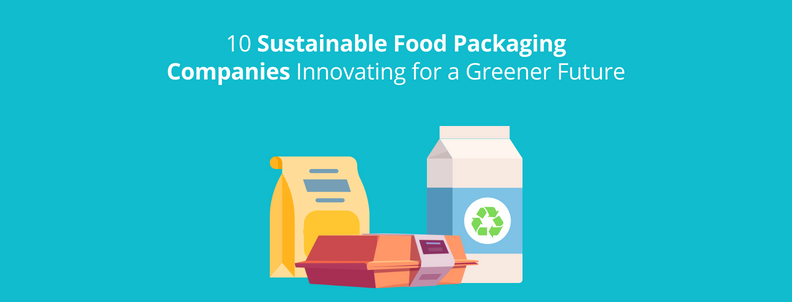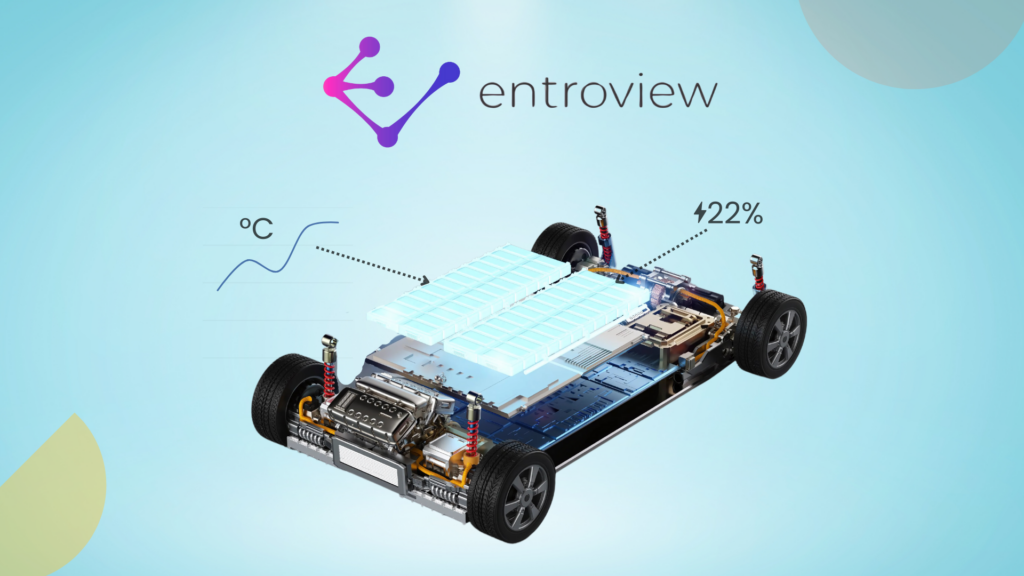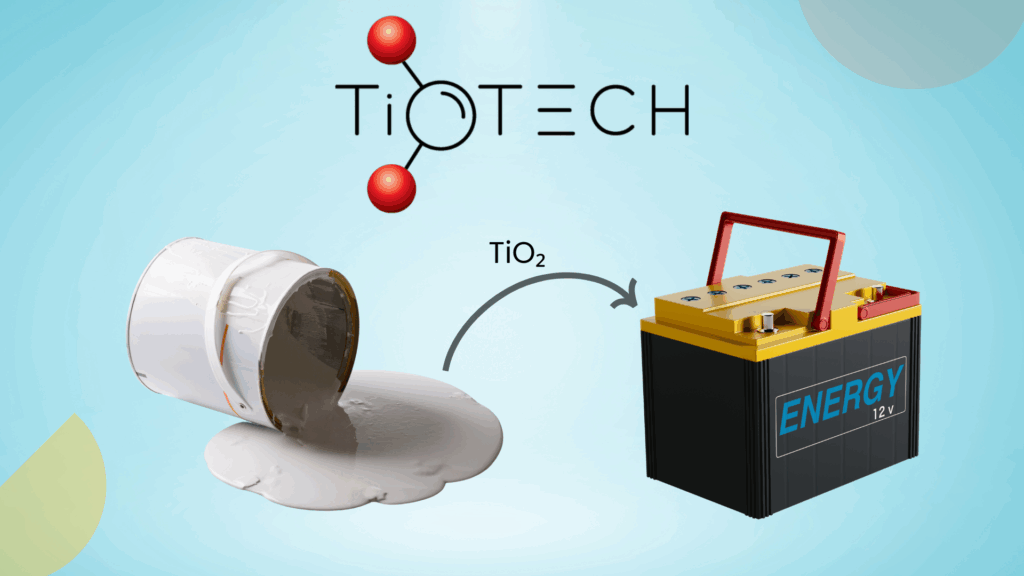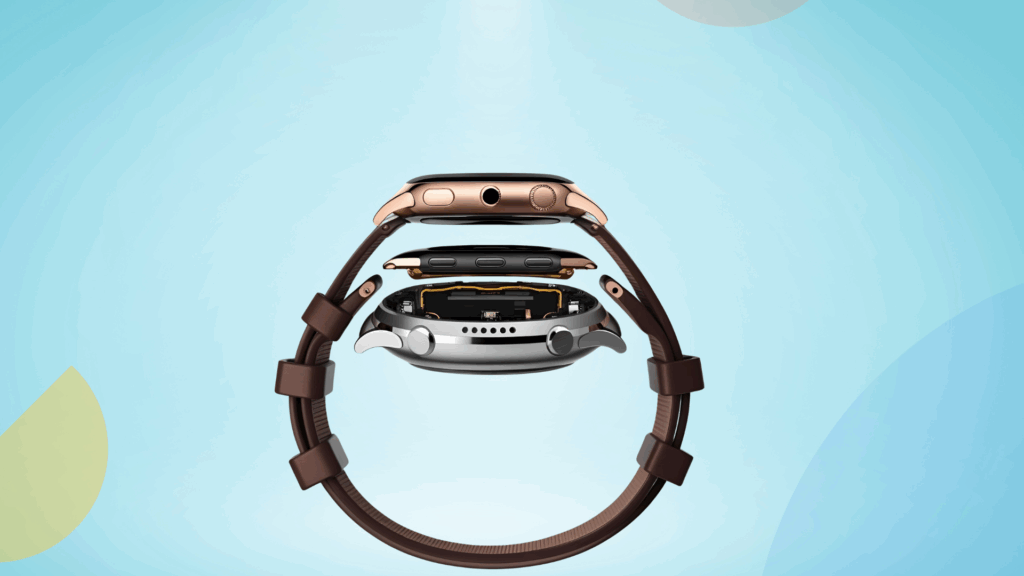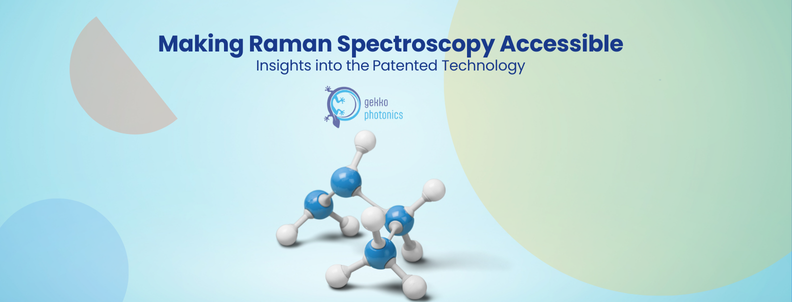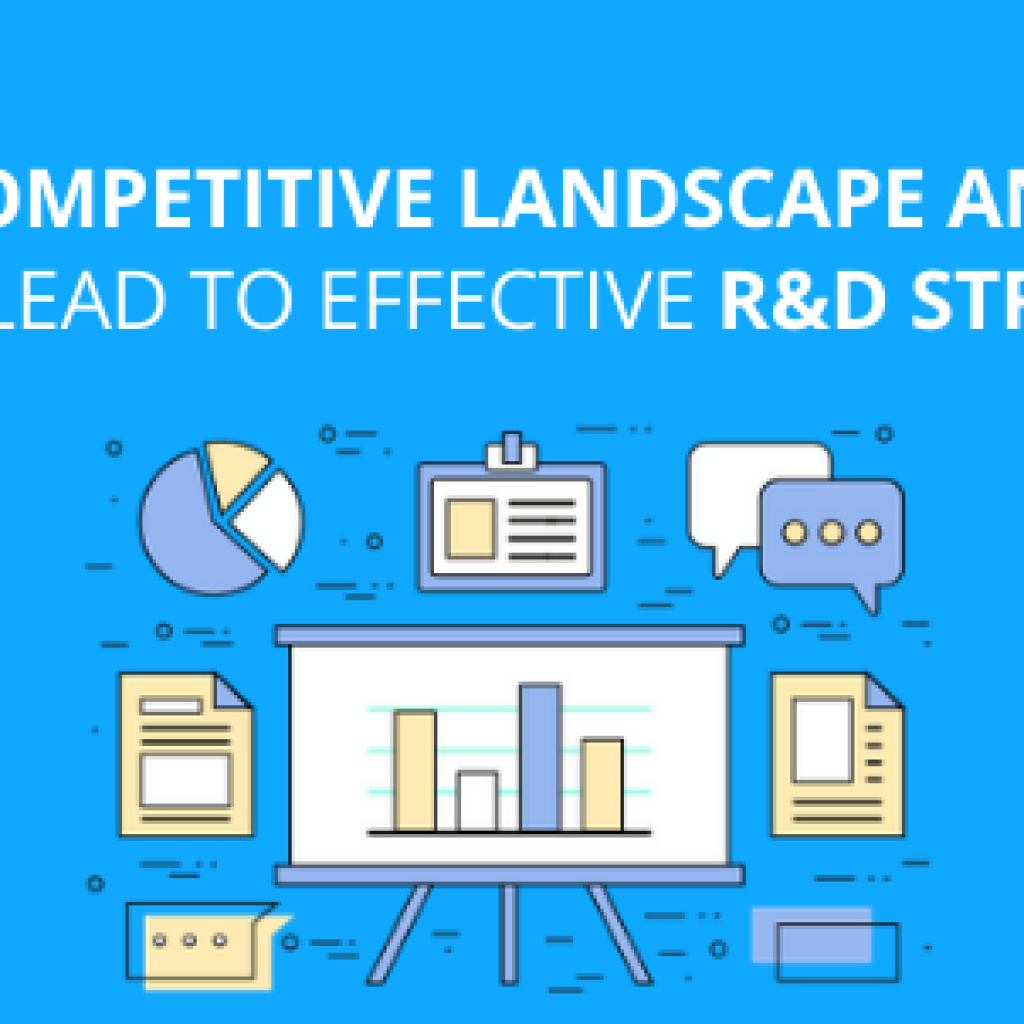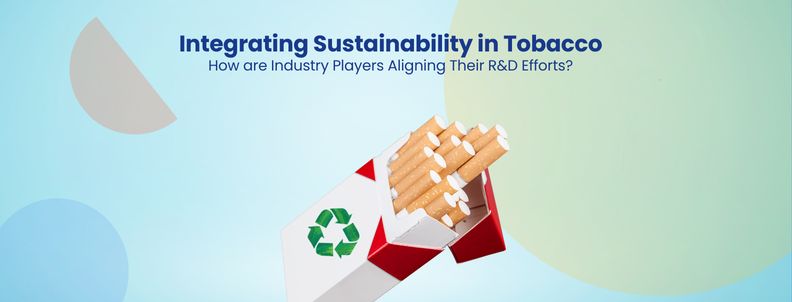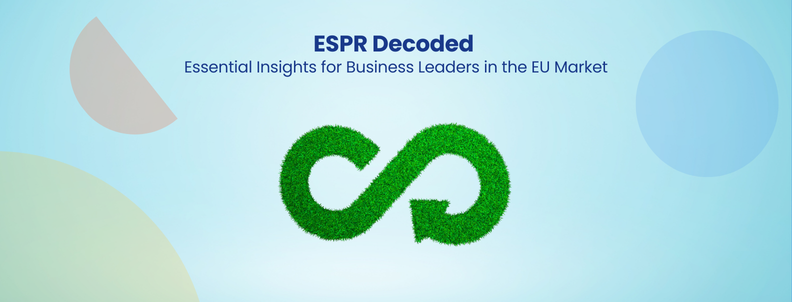In a survey by CGS of 1000 U.S consumers, almost half (47%) said they would pay 25% more for sustainable products.
The sustainable food packaging market is expanding as consumers become more aware of the dangers of using plastic for food packaging. Sustainable product sales in the U.S. have grown nearly 20% in the last decade. (Source)(Source)(Source)
In 2019, the global sustainable food packaging market was valued at $144.66 billion and is expected to grow and reach $326.32 billion by 2027 with a CAGR of 10.7%.
The food sector is anticipated to dominate global sustainable packaging. In 2019, the global sustainable food packaging market accounted for around 51.6% of the total global sustainable packaging market. (Source)(Source)
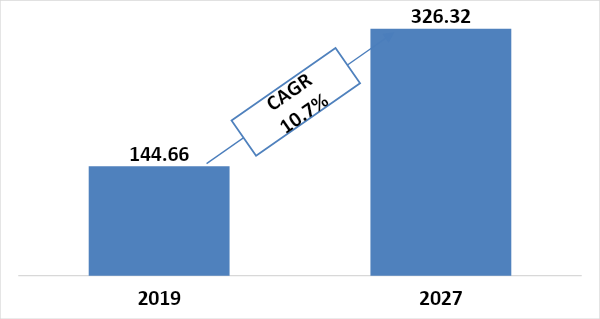
Interested in Packaging Innovation Trends?
Fill out the form below to get the report of Packaging industry Trends 2024:
Advantages of Using Sustainable Food Packaging
Environmental Effects – Eco-friendly and sustainable packaging is frequently built from recycled materials, which lowers resource waste during production. The production process is also more efficient, reducing the consumption of resources and the negative environmental impact on organizations. (Source)
Strengthening Brand Image – Environment-friendly packaging has boosted brand images by proving to be responsible and careful about the environment. This has resulted in greater sales, increasing the revenue of the market. (Source)
Green Packaging with More Storage and Space – Sustainable packaging is more creative and eco-friendlier with more space. This, in turn, reduces the freight costs as the transport costs reduce, thereby making it beneficial in the long run. Sustainable packaging can also expand the product line with a smaller package footprint. (Source)
Challenges of Sustainable Food Packaging
Balancing functionality and sustainability: Packaging needs to be functional and protect the food products while also being sustainable. Finding materials and designs that meet both requirements is challenging.
Cost: Sustainable packaging solutions are often more expensive than traditional packaging materials, making it difficult for companies to justify the cost. Innovators must find ways to make sustainable packaging solutions more cost-effective and competitive with traditional options. (Source)
Limited infrastructure for compostable materials: Compostable materials require specialized infrastructure to break down naturally without harming the environment. Limited infrastructure for compostable materials makes it difficult for companies to adopt them on a large scale.
Lack of standardization: There is a lack of standardization in sustainable packaging, making it difficult for companies to compare different options and select the most appropriate one for their needs.
Food safety concerns: Some sustainable packaging materials and technologies may raise concerns about food safety, such as the potential for chemicals to leach into the food. Innovators must ensure that their packaging solutions are safe for consumers and meet regulatory requirements.
Major Companies and Startups Working on Sustainable Food Packaging
1. Tetra Pak
Tetra Pak is a leading packaging company specializing in food and beverage cartons. The company has been at the forefront of developing new materials and technologies to make its packaging more sustainable and environment-friendly.
One of the key developments from Tetra Pak is the creation of plant-based materials that can be used in its cartons. The company is making these materials from renewable resources such as sugar cane and wood fiber, which are fully recyclable. Tetra Pak’s plant-based cartons have a lower carbon footprint than traditional cartons made from fossil fuels.
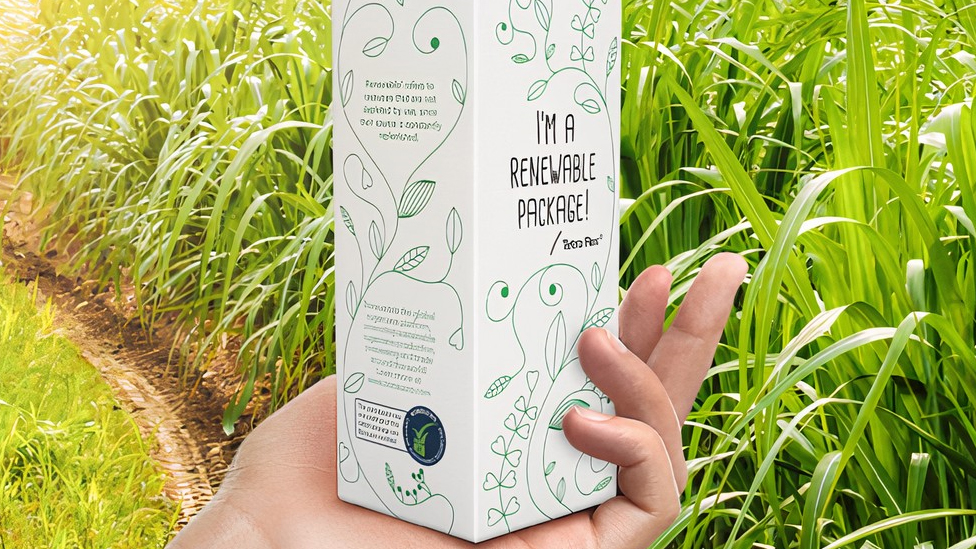
Another area of innovation for Tetra Pak is in recycling technology. The company has developed a recycling technology called Tetra Pak® Recycling Aseptic, which can separate the different layers of materials in its cartons. This allows recycling the materials into new products, such as building materials or furniture. Several countries use this technology in their pilot projects, including the UK, France, and Brazil.
Tetra Pak has also developed a digital printing technology that allows food and beverage companies to print high-quality graphics and text directly onto their cartons. This eliminates the need for labels or stickers, which can be difficult to remove during recycling. The technology also allows for greater flexibility in design and customization.
In addition, Tetra Pak has developed a technology called Tetra Pak® Connected Package, which allows food and beverage companies to interact with consumers through their packaging. This can include features such as QR codes, augmented reality, and personalized messages. The technology can also provide consumer behavior and preferences data, which can help companies improve their products and marketing strategies.
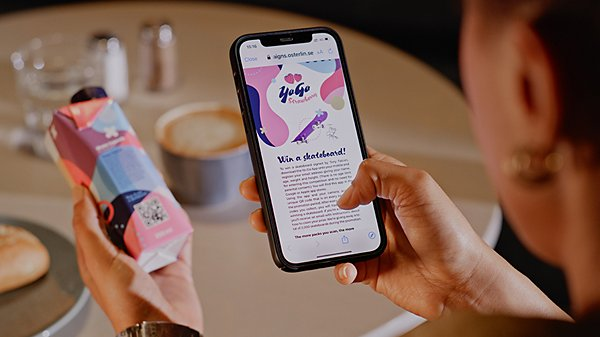
Tetra Pak is committed to developing sustainable packaging solutions that reduce waste, conserve resources, and minimize environmental impact. The company’s materials, recycling, printing, and technology innovations are helping drive the industry toward a more sustainable future.
2. Amcor
One of the key developments from Amcor is the creation of sustainable packaging materials. The company has developed several sustainable solutions, including flexible packaging made from recyclable materials such as polyethylene terephthalate (PET) and high-density polyethylene (HDPE). These materials can be recycled multiple times and have a lower carbon footprint than traditional packaging materials.
Amcor has also been working on developing sustainable packaging technologies. One such technology is the AmLite Ultra Recyclable. It is a high-barrier, clear, and lightweight packaging solution made from a single layer of PET. A range of food and beverage products use this technology as it is fully recyclable and thus helps to reduce waste and conserve resources.
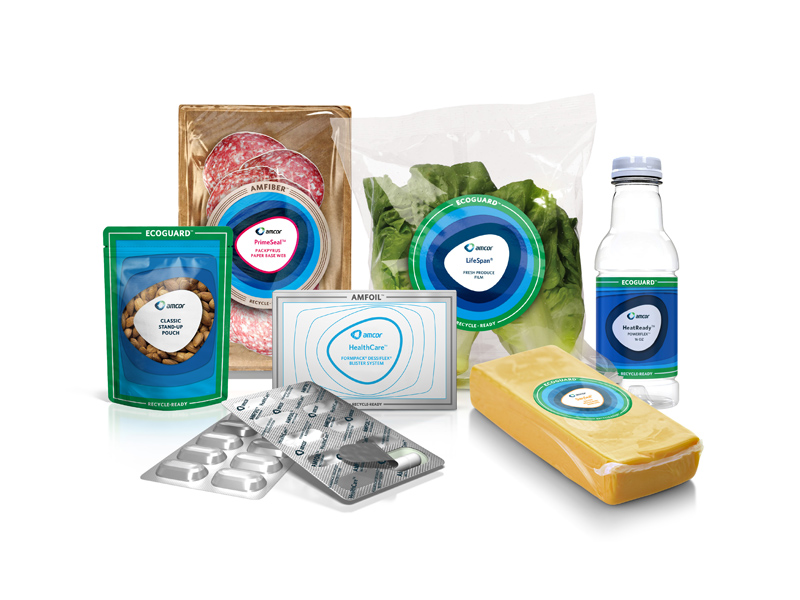
In addition to materials and technology, Amcor has been improving its manufacturing processes to reduce its environmental impact. The company has set a target to reduce greenhouse gas emissions by 25% by 2025 and is investing in renewable energy sources such as wind and solar power. Amcor is also working to reduce waste and water usage in its manufacturing facilities.
Amcor is committed to sustainability and aims to make all its packaging recyclable or reusable by 2025. The company is working closely with its customers to develop sustainable packaging solutions that meet their specific needs while reducing its products’ environmental impact. Amcor’s focus on sustainable materials, technology, and manufacturing processes is helping to drive the industry toward a more sustainable future.
3. Graphic Packaging
The company has been working on several initiatives to reduce its environmental impact and develop sustainable packaging materials, technologies, and processes.
One of the key developments of Graphic Packaging is the creation of sustainable packaging materials. The packaging solutions include paperboard and carton packaging made from renewable and recyclable materials like plant-based plastics. These materials are fully recyclable and have a lower carbon footprint than traditional packaging materials.
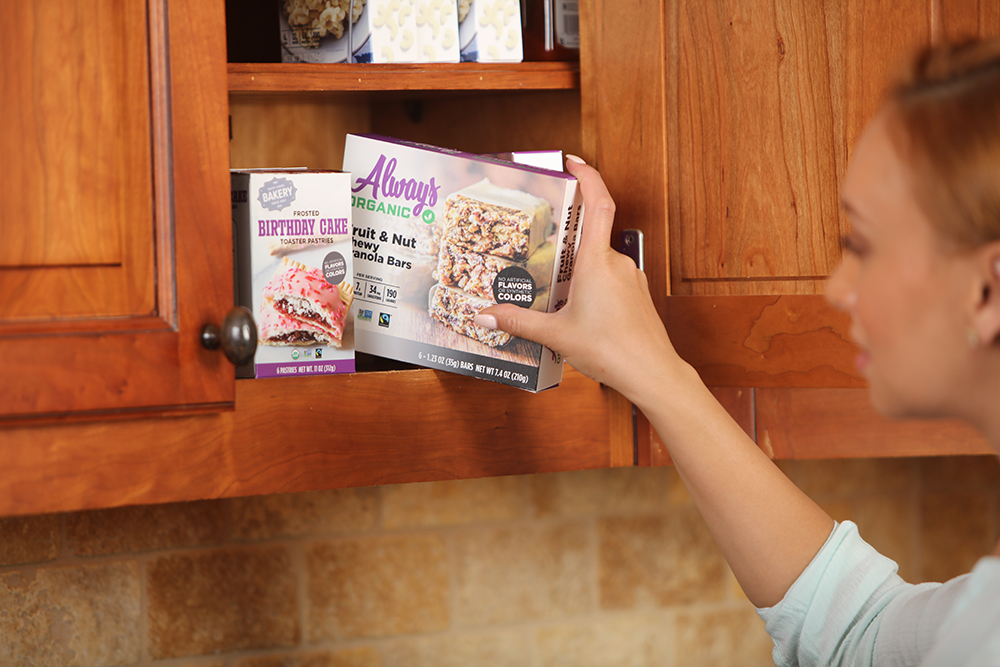
Another one of their significant developments in sustainable packaging technology is the PaperSeal® tray. It is a fully recyclable paperboard tray with a plant-based barrier coating. This technology can be used for various food products, including fresh produce, meats, and ready meals, and is an alternative to traditional plastic trays. The technology also provides a high level of protection and shelf life for the products, helping to reduce food waste.
In addition to materials and technology, Graphic Packaging has been investing in sustainable manufacturing processes. The company has set a target to reduce greenhouse gas emissions by 20% by 2025 and has invested in renewable energy sources such as wind and solar power. Graphic Packaging is also working to reduce water usage and waste in its manufacturing facilities.
The company has been exploring new materials, such as fiber and plant-based plastics, with a lower carbon footprint and can be recycled or composted. It has also been working on new technologies, such as smart packaging, that can provide real-time information about the quality and freshness of the products.
Graphic Packaging is committed to sustainability and aims to make 100% of its packaging recyclable, compostable, or reusable by 2025. The company is working closely with its customers to develop sustainable packaging solutions that meet their specific needs while reducing its products’ environmental impact. Graphic Packaging’s focus on sustainable materials, technology, and manufacturing processes is helping to drive the industry toward a more sustainable future.
4. Vegware
Based in the United Kingdom, Vegware is a plant-based compostable food service packaging. Vegware products are made from renewable, reduced-carbon, plant-based, recycled, or recovered materials. The packaging is biodegradable, and the company has a broad range of compostability certifications as an independent assurance that its products are made in the proper settings. (Source)(Source)(Source)
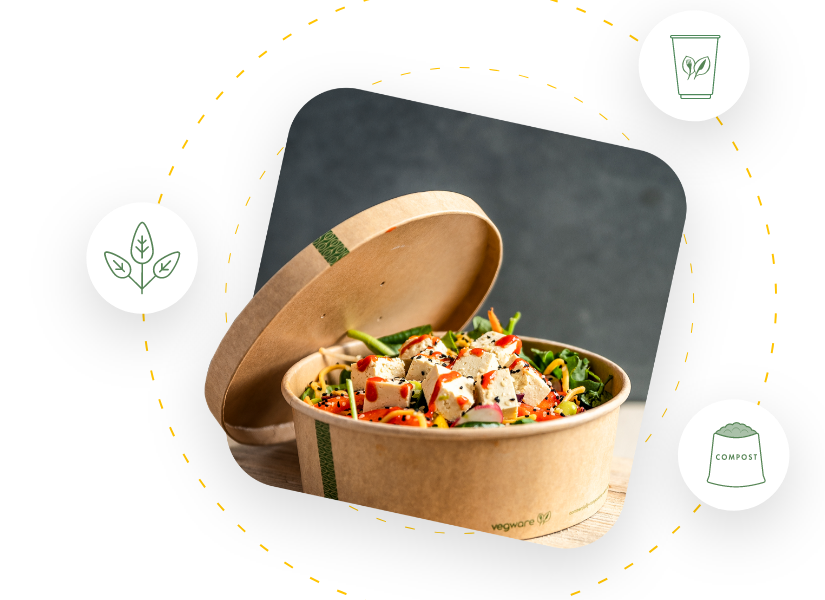
In 2019, Vegware and Coburg House Studios collaborated to launch the Vegware Gallery Collection, a limited edition eco-embossed hot cup. The new compostable hot cups come in 8, 12, and 16 oz sizes, each with up to three different designs in a mixed case. They are composed of two layers of a sustainable board lined with PLA, a plant-based material that can be used repeatedly. Water-based inks that are commercially compostable with food waste while printing these designs. (Source)
5. TIPA
Headquartered in Israel, TIPA solves the problem that flexible plastic packaging creates for the environment without leaving any harmful residues, microplastics, or other pollutants. The company created a unique biodegradable packaging solution for the food sector. The packaging solution breaks down organically in up to 180 days in industrial compost. Its patent-protected formulations combine totally compostable polymers that provide TIPA films and laminate qualities comparable to ordinary plastic. (Source)(Source)(Source)
TIPA Packaging Technology
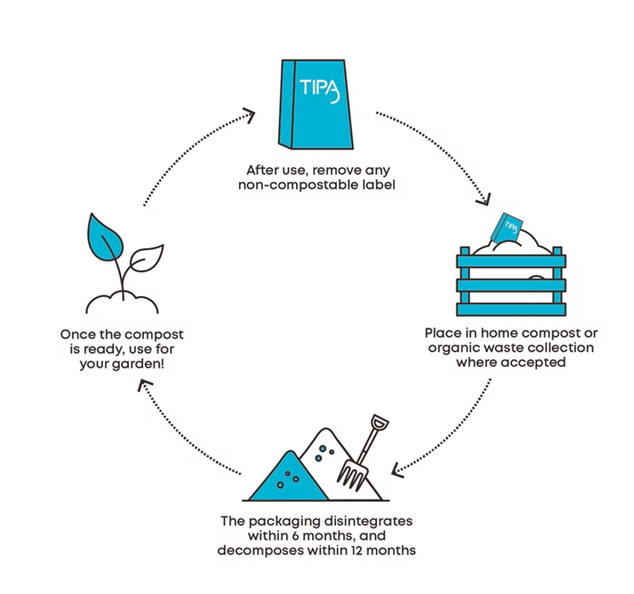
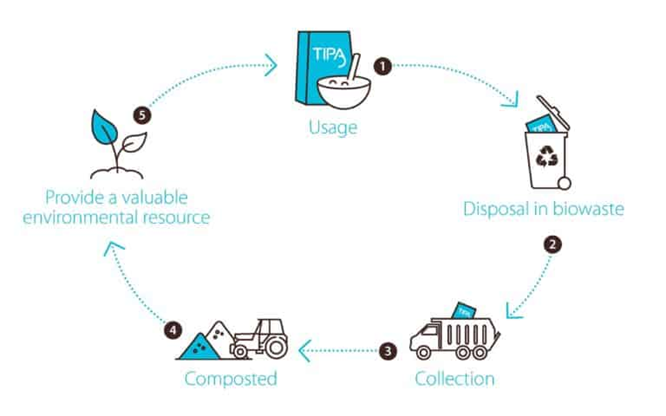
In 2022, TIPA and Aquapak Polymers Ltd. partnered to develop novel material packaging solutions suitable for use in a circular economy. The businesses collaborated to provide a broader selection of research-driven materials in areas with no viable alternatives. A compostable film with a high barrier that does not contain PVDC is the newest and most cutting-edge approach to the problem of sustainable packaging. (Source)
6. BIOFASE
BIOFASE developed a unique way to use avocado pits to make biodegradable products. The company takes the pits and converts them into bioplastic instead of throwing them away. They turn these bioplastics into spoons, straws, plates, and containers that can easily break down in landfills or on land. It uses avocado pits to make bioplastics for about 60% of the products. The other 40% are made from organic compounds that give the products the appropriate mechanical and physical properties. BIOFASE markets its food packaging and cutlery in over 25 countries worldwide. (Source)(Source)
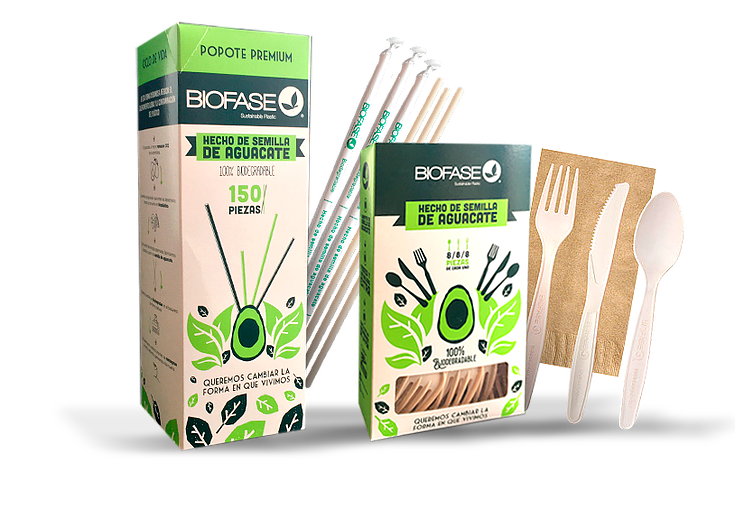
7. SwapBox
SwapBox, based in the Netherlands, is a zero-waste packaging firm developing and manufacturing reusable packaging for the food and beverage sectors. SwapBox’s packaging innovation seeks to be environmentally friendly by recycling materials. The packaging is reusable up to 500 times, saving 500 disposable packaging. By reusing materials in two ways, SwapBox’s packaging concept seeks to be environmentally friendly. Designed and manufactured in Belgium, the microwavable bowls of SwapBox are crafted from 100% recyclable polypropylene. (Source)(Source)(Source)
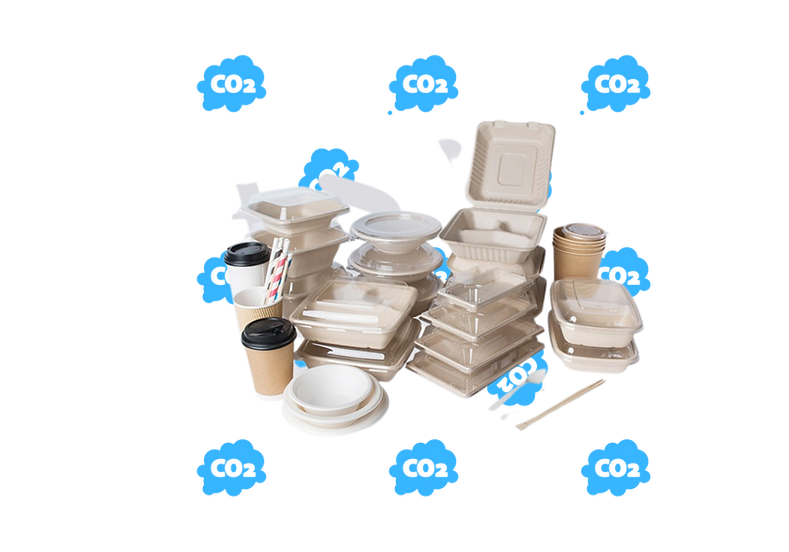
8. SoFresh
SoFresh, based in the United States, creates packaging materials that save food and keep it from getting moldy. Its products let food manufacturers eliminate preservatives, stop wastage, lower production costs, and give customers better quality. The business infuses the film and containers with natural food-grade extracts to emit active vapor in food. Mold spores that absorb the vapor have a far more difficult time surviving since it slows the metabolism. The product line includes conventional and customized bread and bakery packaging, lid stock materials, overwrap films, and barrier laminations. (Source)
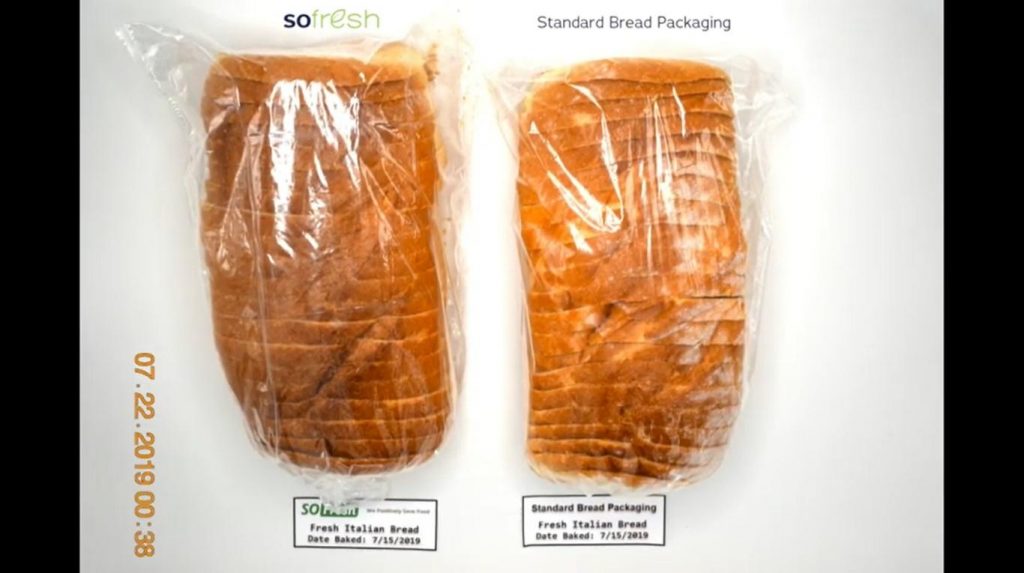
9. Impactful Health R&D
Impactful Health R&D, headquartered in Canada, makes sustainable active packaging for fresh fish. In addition, the firm provides antibacterial active film technology, which is biodegradable and FDA-compliant for oxygen transmission rate.
It is helpful in vacuum packaging applications and retains the fish’s natural texture. The firm’s innovation extends the fish’s shelf life, thus, reducing losses for fish vendors, re-sellers, and aquaculture. (Source)
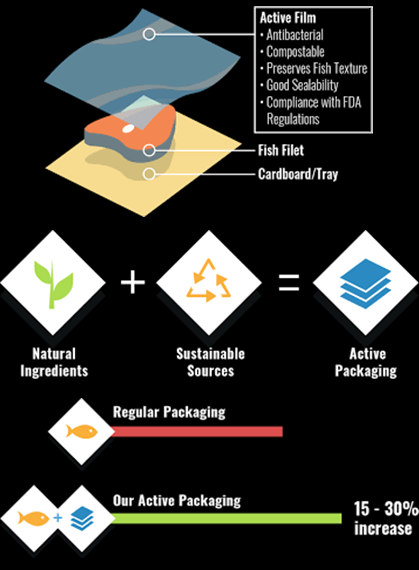
10. Parkside
Parkside, headquartered in the United Kingdom, specializes in advanced packaging. The company’s sustainable packaging options include solutions that can be recycled, reused, resealed, or composted. The collection has a wide range of plastic and paper flexible laminate options. It can be used for snacks, fruit and vegetables, coffee, confectionery, and other products in the ambient, chilled, and frozen segments. The company has manufacturing units in the UK and Asia and offices in Europe, Russia, China, and Singapore for sales, development, and research. (Source)(Source)
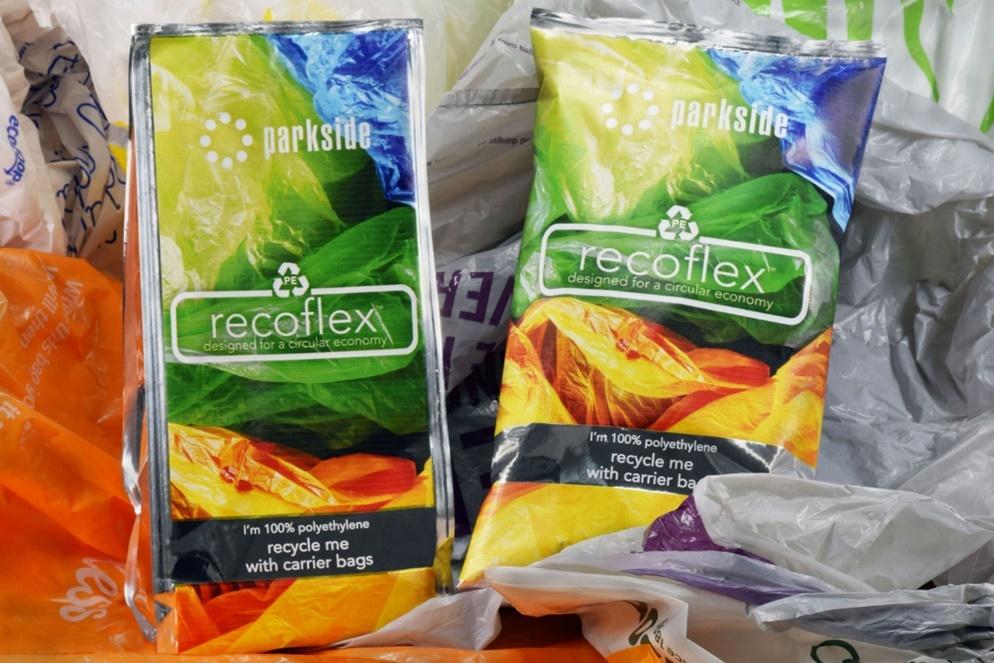
In 2022, Parkside partnered with Iceland to make recyclable paper packaging for frozen food. The cutting-edge sustainable approach was developed for the supermarket’s Northcoast selection of frozen fish. As it was one of the first successful deployments of paper flexible packaging for frozen food, the packaging solution that the company developed marks a significant milestone for Iceland and the frozen food industry. (Source)
Conclusion
The future outlook for sustainable food packaging is promising as companies and startups continue to invest in research and innovation to develop new materials, technologies, and environmentally friendly processes to reduce waste.
Some of the key trends in sustainable food packaging are compostable and biodegradable packaging and smart packaging. Startups such as TIPA and companies such as Amcor and Graphic Packaging are leading the way in developing compostable and biodegradable packaging solutions. At the same time, startups like Insignia Technologies are developing smart packaging solutions that are cost-effective and easy to implement.
Innovations in manufacturing processes are also driving sustainability in food packaging.
Despite the industry’s progress in sustainable food packaging, companies still need to do more work. It is important for businesses to get in the game and create new and innovative solutions for sustainable manufacturing processes.
Our exclusive insights by industry experts offer detailed information on the latest innovations by sustainable food packaging companies, including new materials, technologies, and processes. It also provides insights into the below key trends of the domain.
Here are a few key trends:
- Compostable and Biodegradable Materials
- Smart Packaging
- Lightweight and Minimalist Designs
- Closed-Loop Systems
- Renewable Energy and Sustainable Manufacturing
Interested? Just fill out the form below and request the insights:

